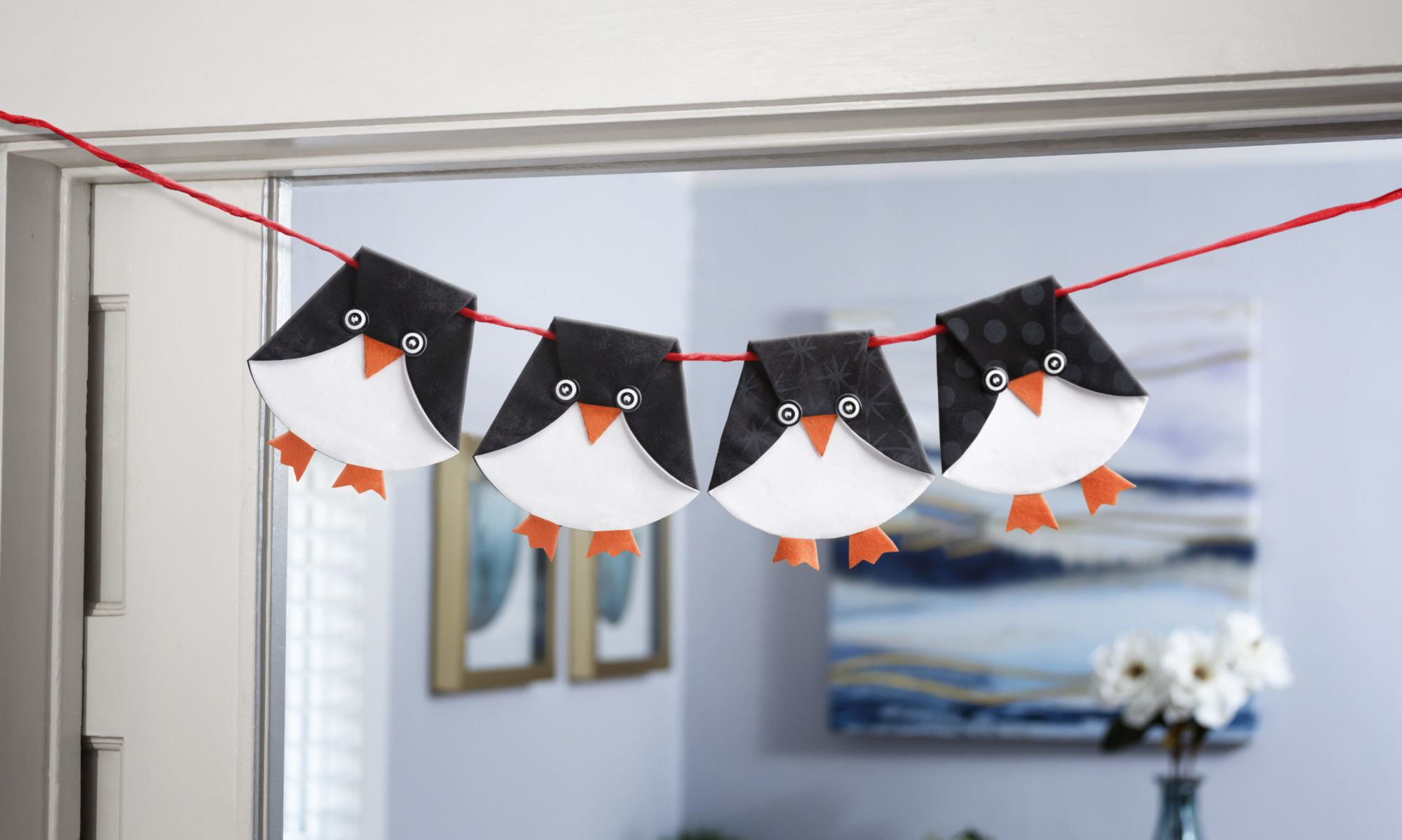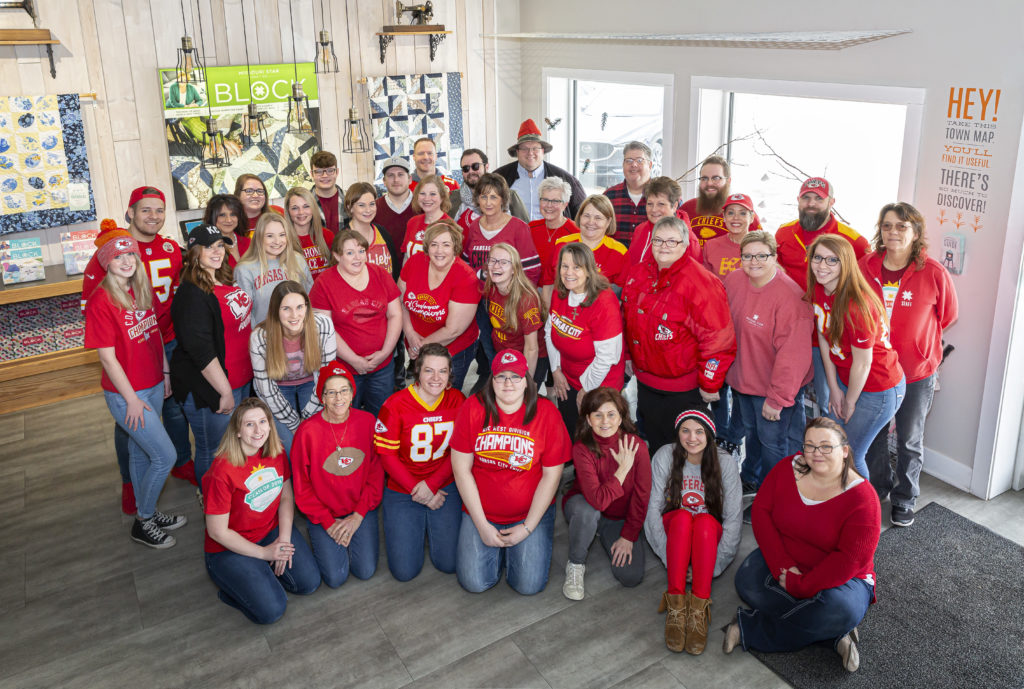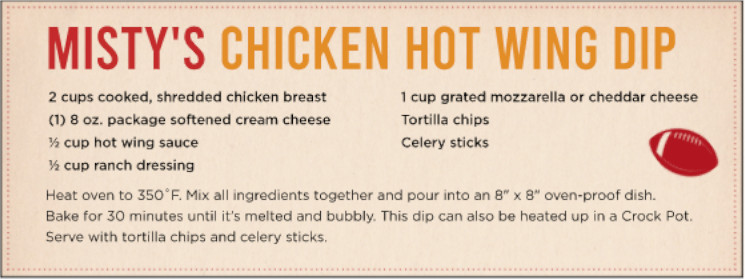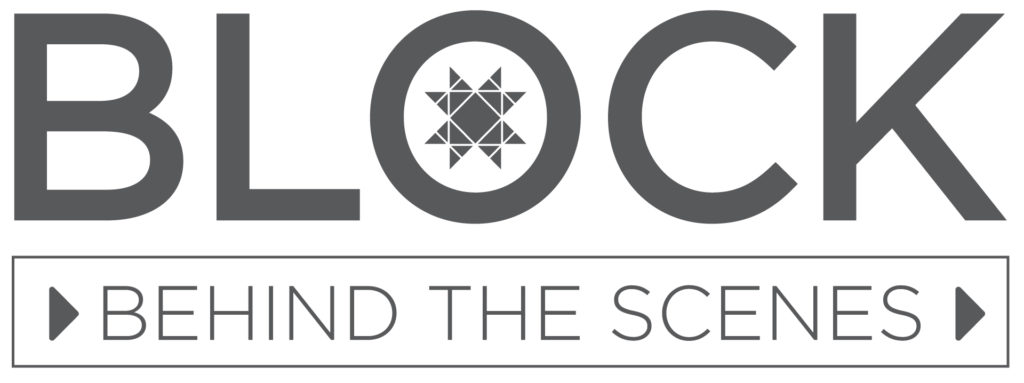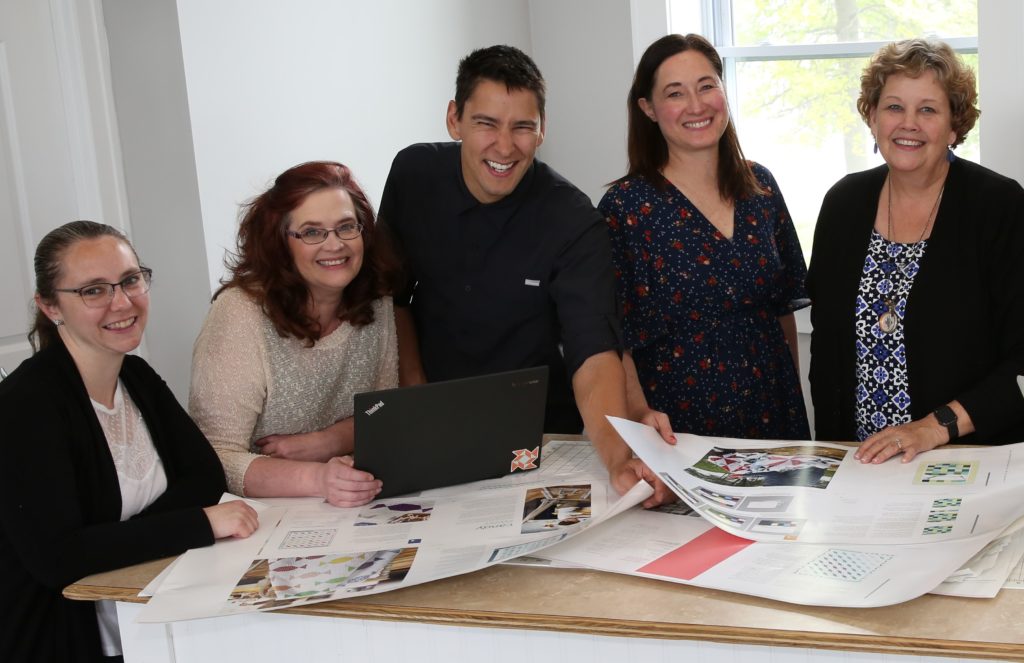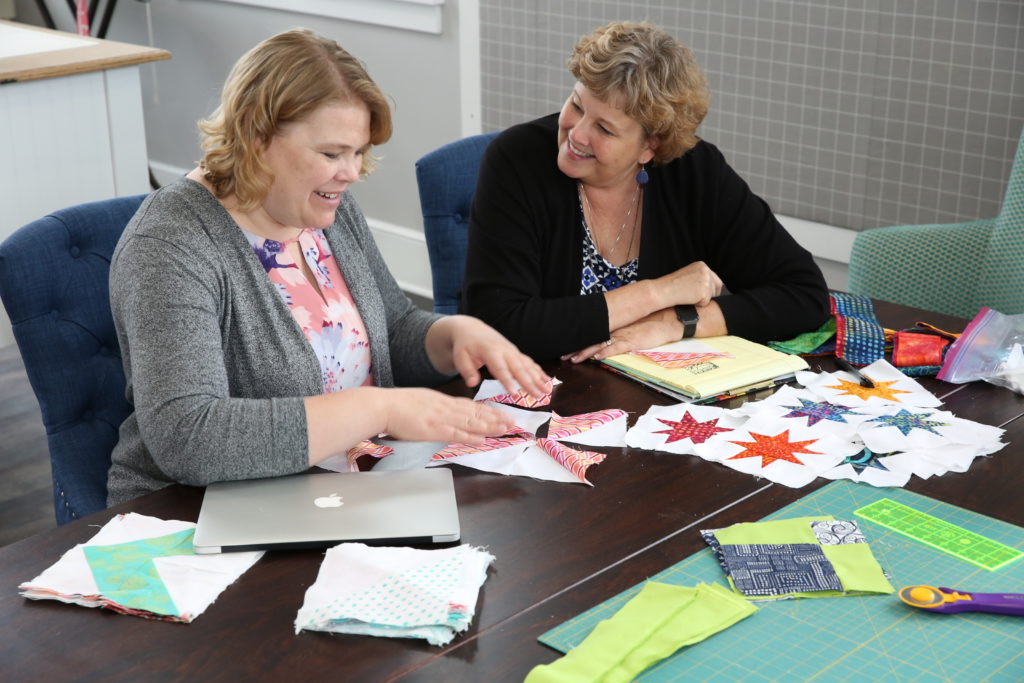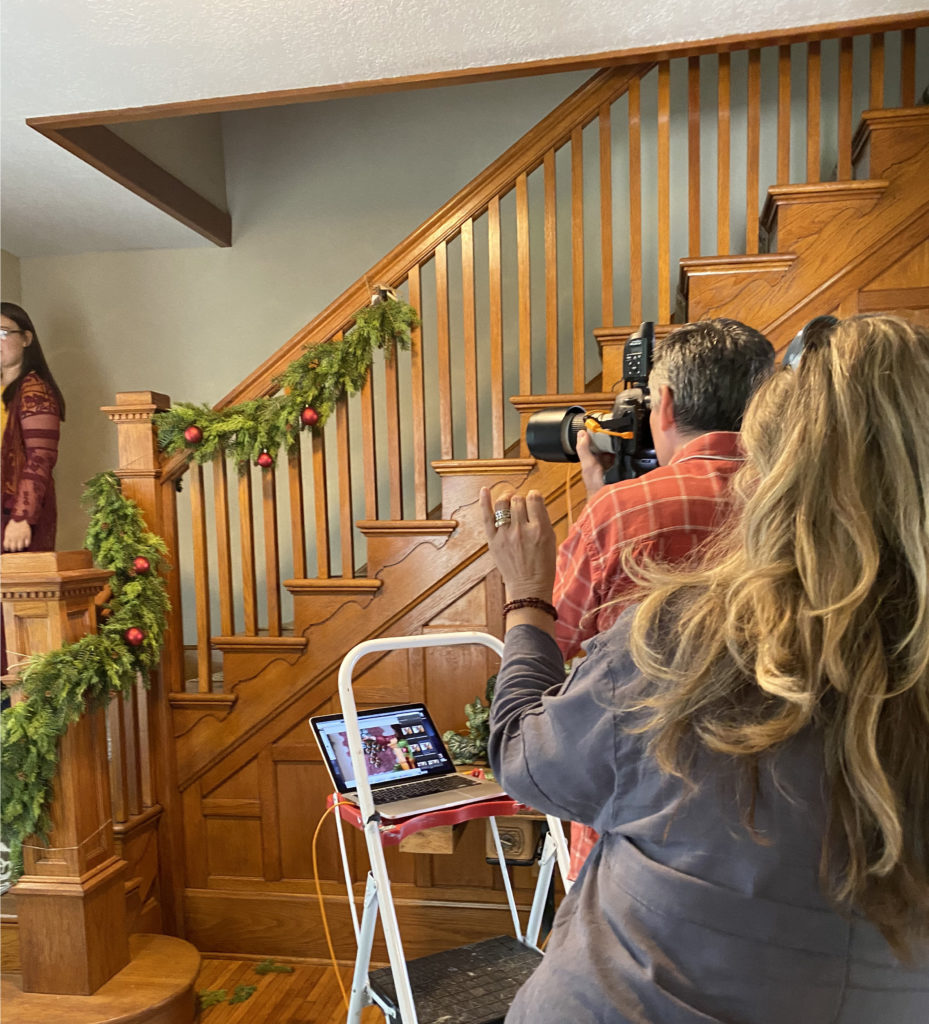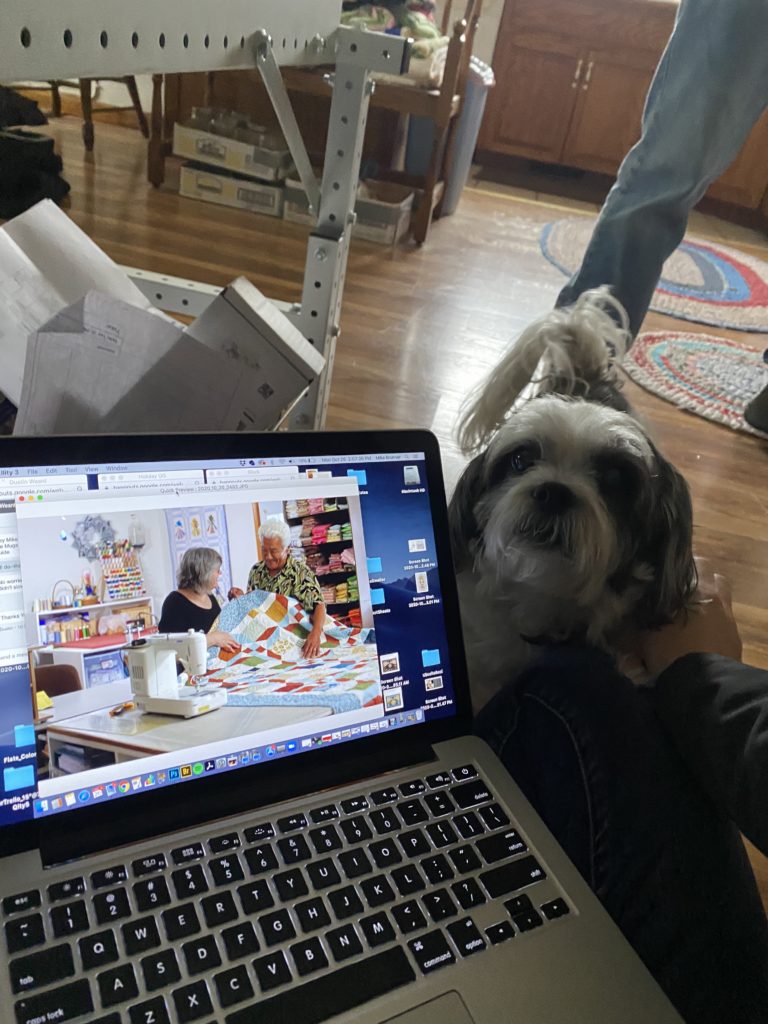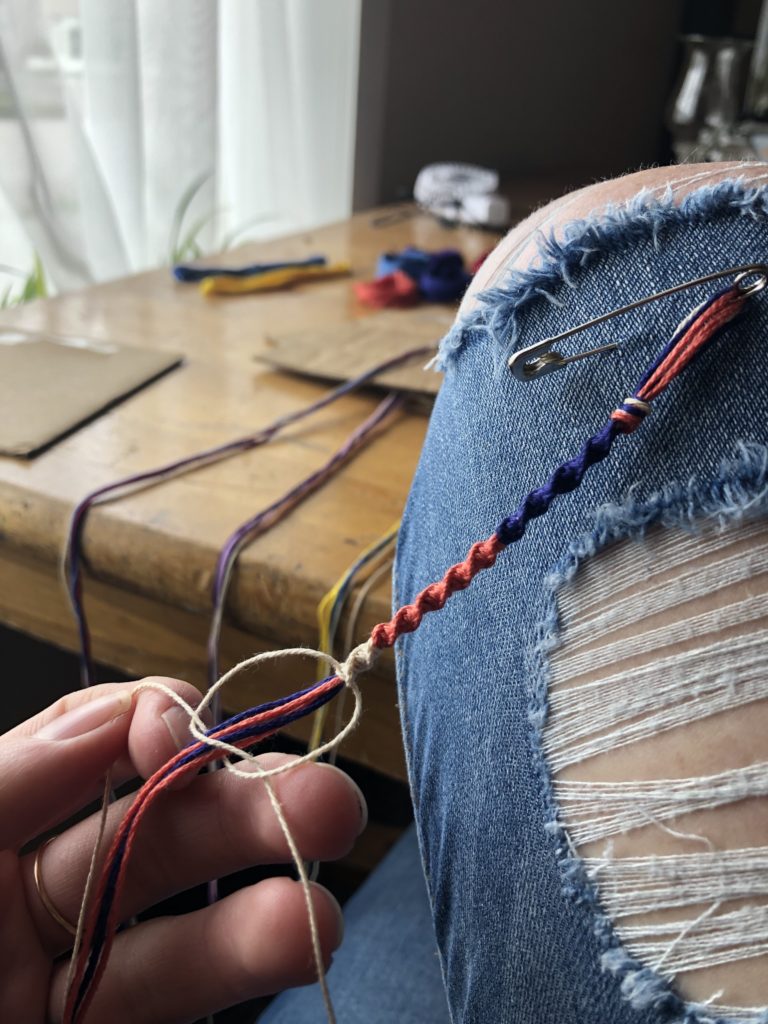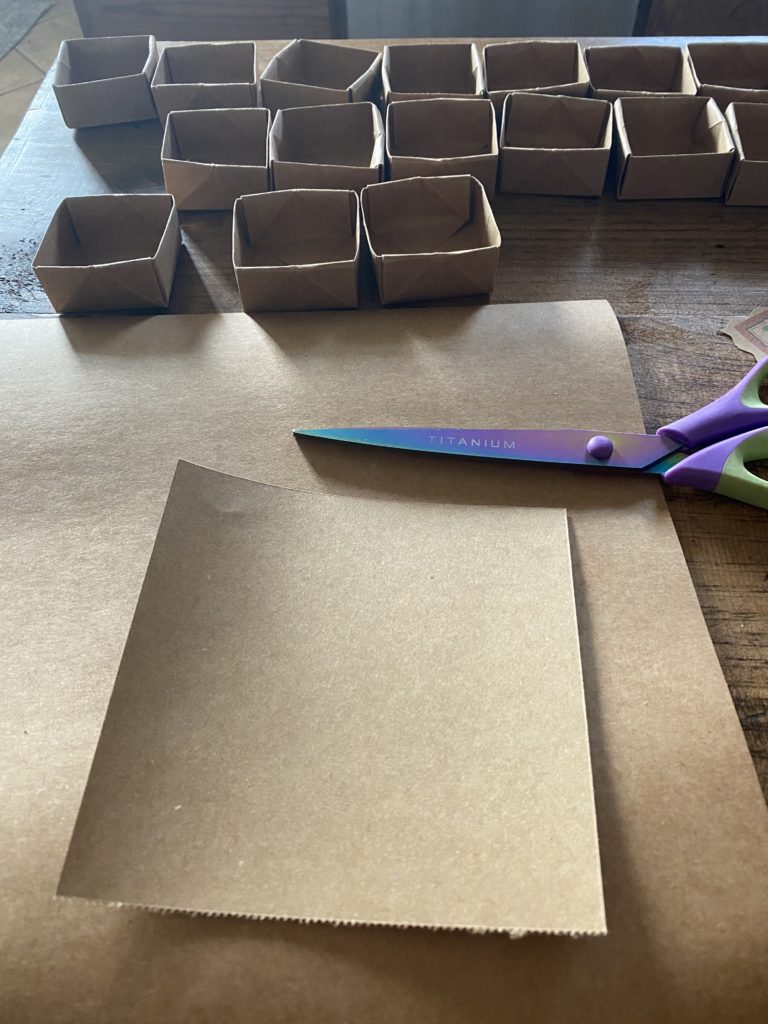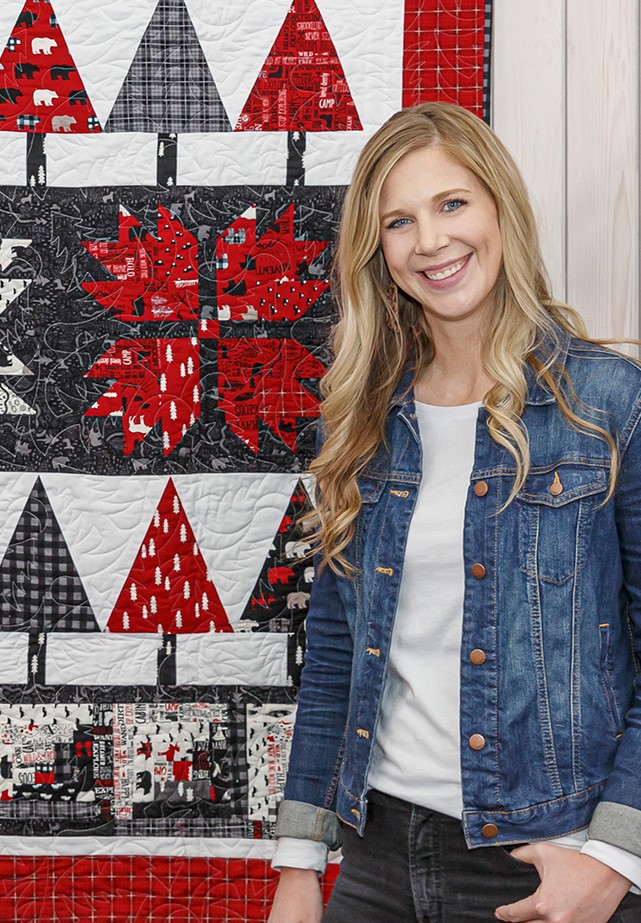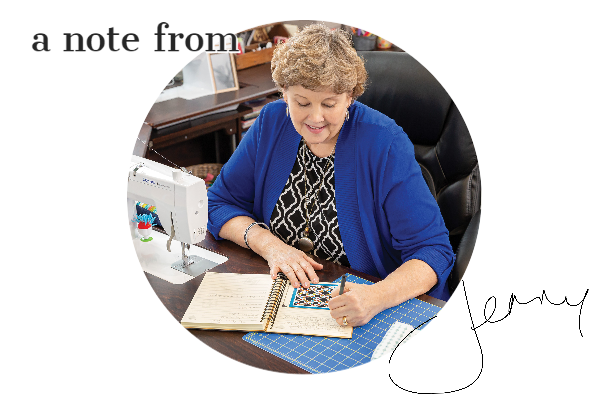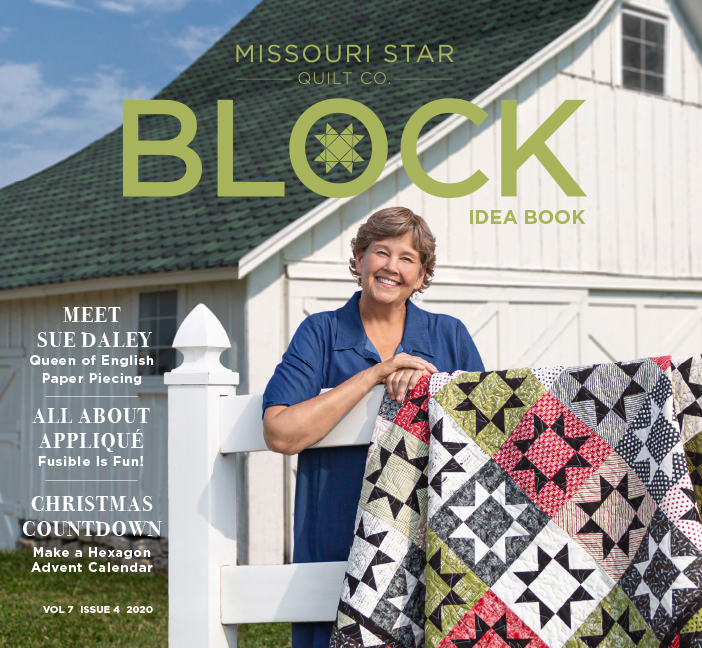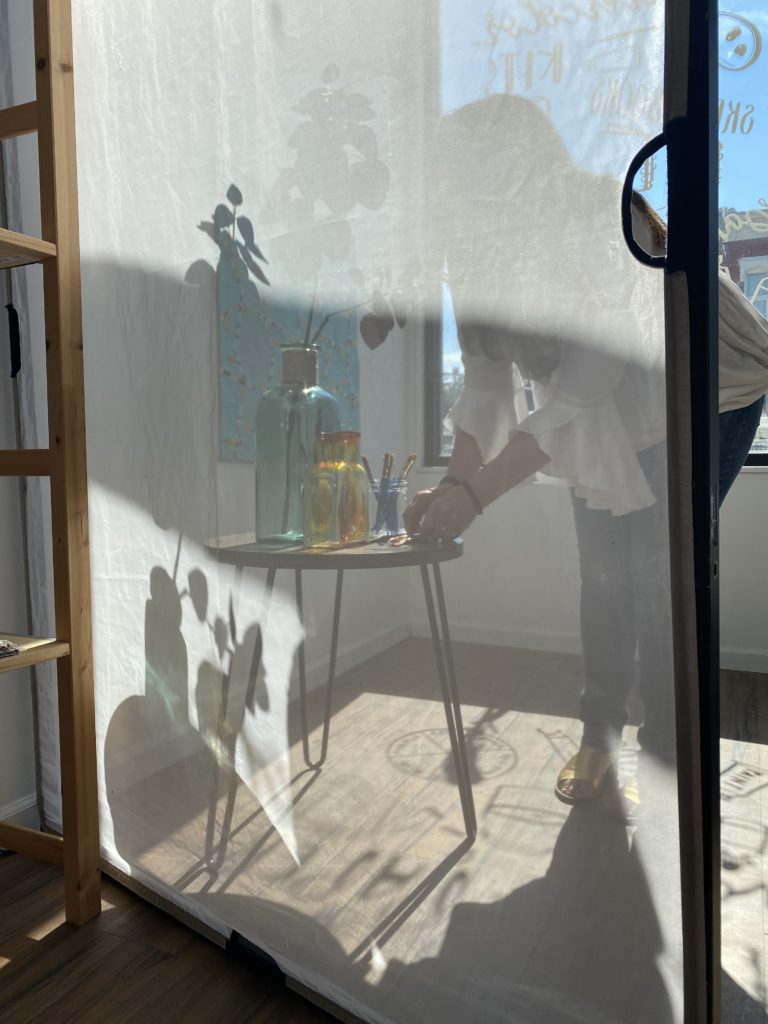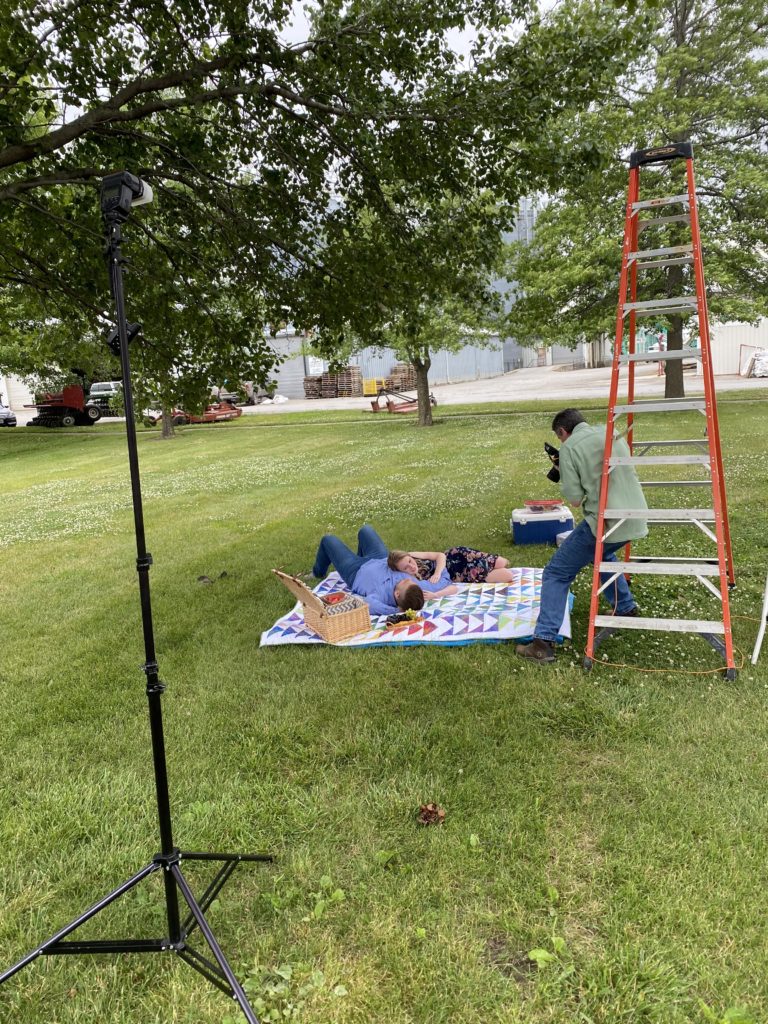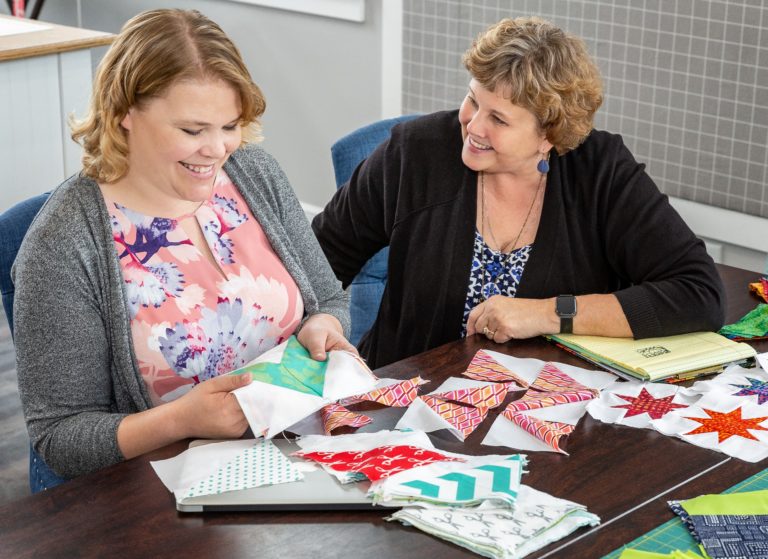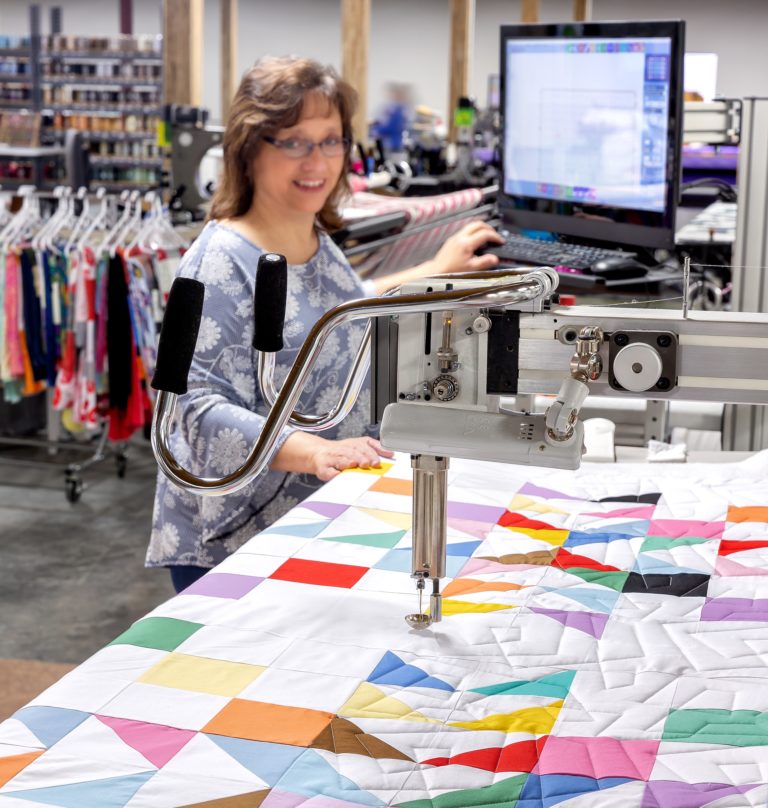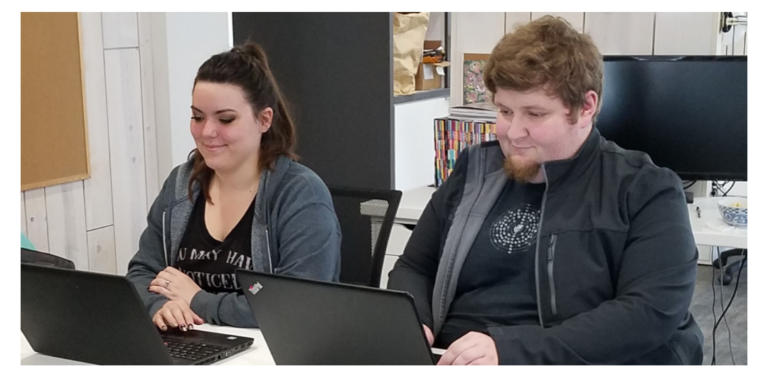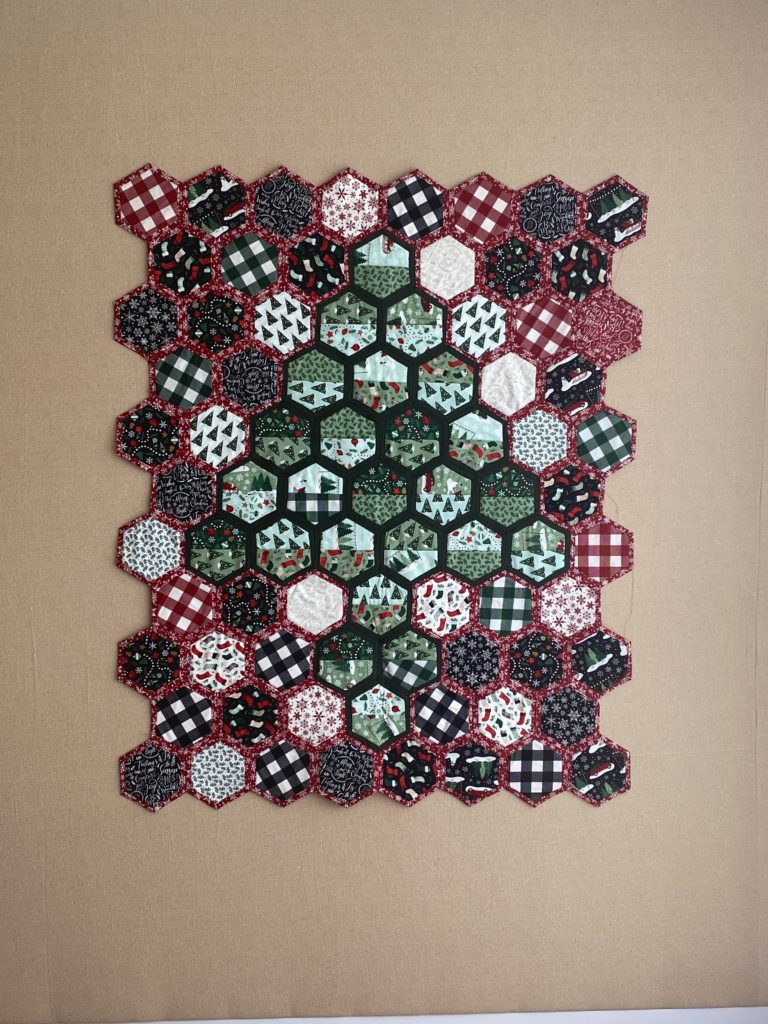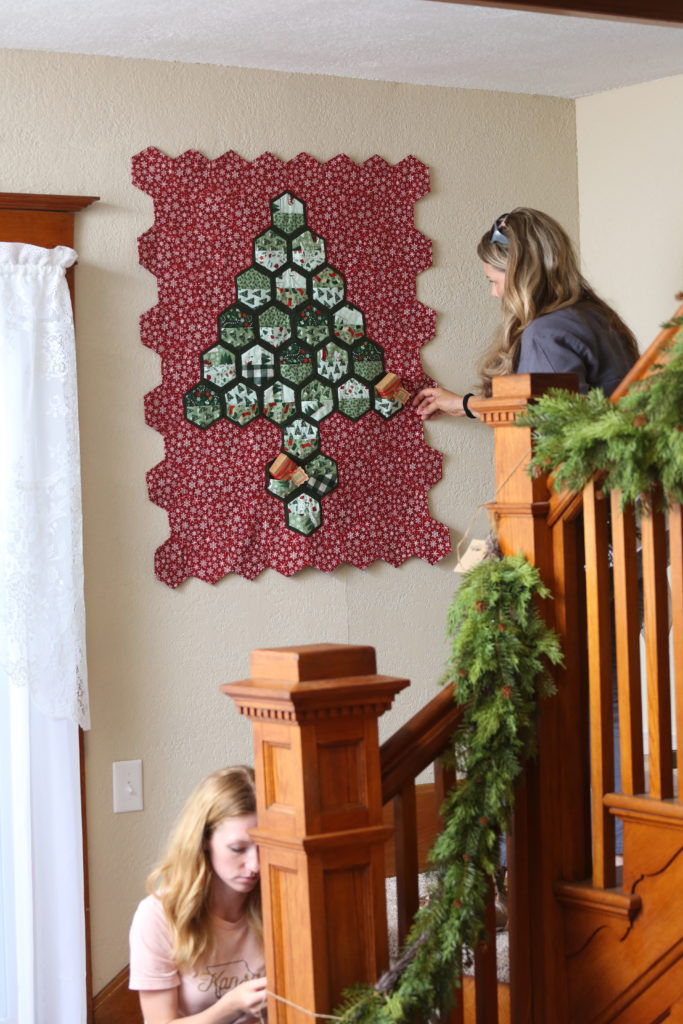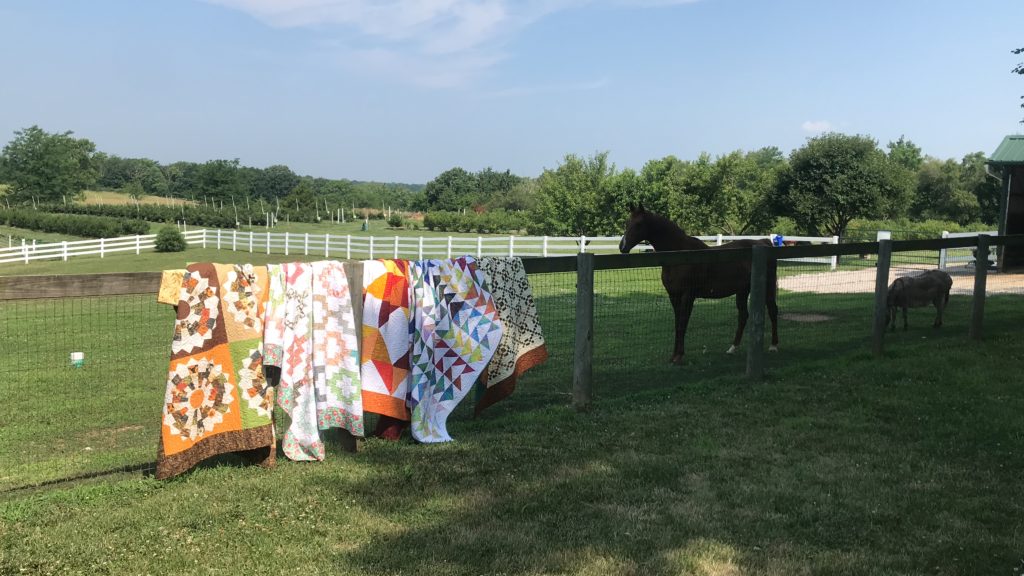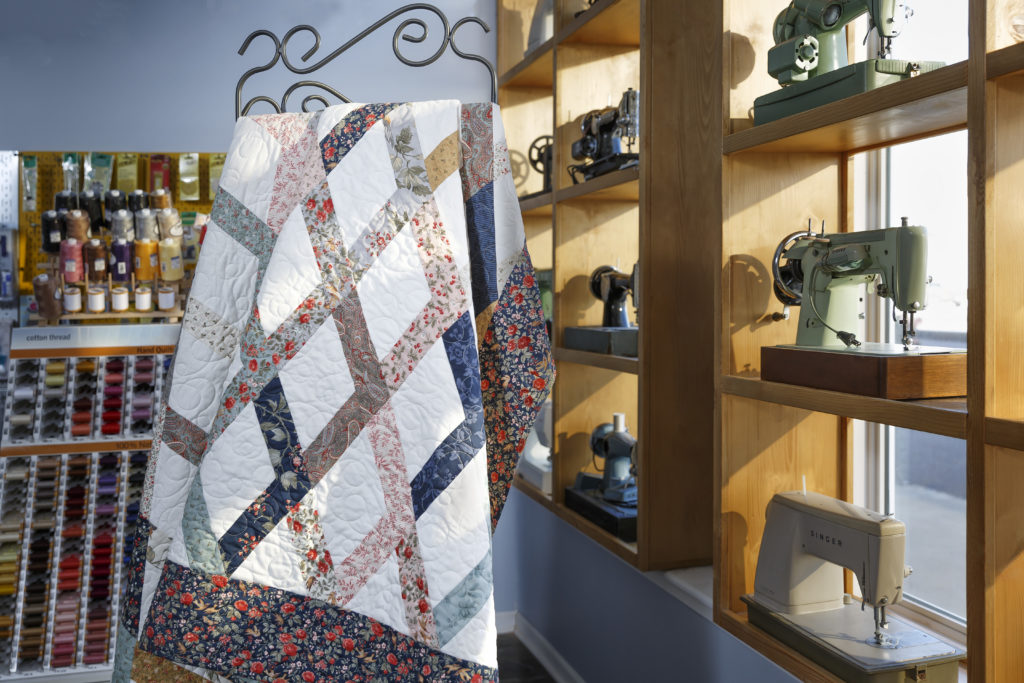
Recently I sat down with Jenny Doan in her studio to ask a few questions about an important tool of the quilting trade, sewing machines, in honor of National Sewing Machine Day on June 13. As a sewist of many years, Jenny shares the machines she prefers to piece on and some tips and tricks she’s picked up along the way, along with a few fun stories behind her sewing machine collection.
What is your favorite sewing machine?
So my favorite machine to piece on is the baby lock jane which now is called the accomplish, and it’s my favorite because it goes fast. It goes 1600 stitches a minute, and it goes very fast, it’s heavy duty. You’re not going to want to take it to a retreat but you are going to miss it if you’re used to sewing on it because it’s fast, I like to have my pedal to the metal and you know I like to sew fast. Every company makes a machine that’s like this, it’s like a kind of commercial-esque machine, like Juki makes one. I love the Juki [“What is the number on that Juki?” She asks me. I am sitting directly in front of a Juki machine, the “TL2010Q”.] Yep, that’s the quilting machine for Juki and I do like that one really well, I do have one of those as well.
Tell me about your first sewing machine.
My first only sewing machine was a Viking and it had cams to to change the stitches. At that time, I was into all the decorative stitches, because I was 14 years old and just starting High School and everybody wore the chambray button up shirts but they liked to decorate them with embroidery. Instead of embroidery, I would use my decorative stitches. And at that time, you would put in a cam and you’d have like, 4-5 stitches to choose from and they were color coded, so you’d turn all the knobs on the machine, if they were all orange, then they would do the orange stitch, you know, and if they were all blue, then they’d do the blue stitch. I had that machine for years and years and years and then finally it just wouldn’t keep its timing. I wish I still had it, but I think I just got rid of it because it didn’t work anymore. That was my first machine, and I loved it.
Do you have a fun story of a machine you have acquired?
I do have a fun story! So I was in a Goodwill, and they have this little machine, sitting up by the counter and it had $9.99 on it, and so I started to unlatch the lid to look at it, and I got the lid up, about 2 inches, and I just slammed the lid down, buckled it up, and said to the lady working that “I am going to take this.” And so I was with Annie, I was with you [Editors note: Hi! Jenny and I go way back.], and when we got back to the car you were like “Grandma, what’s with that machine, I saw you just open up and close it.” And I said, “Well I don’t know what it is, but it is pink and so it has to be amazing.” I am not necessarily a pink lover, you know, but most sewing machines are not colored that way, especially older ones. And when I took the cover off, I discovered that it was a Morse machine and it runs great and it’s a gorgeous pink color. I keep it in my studio to this day because it was such a fun find and such a fun machine. I really love that one.
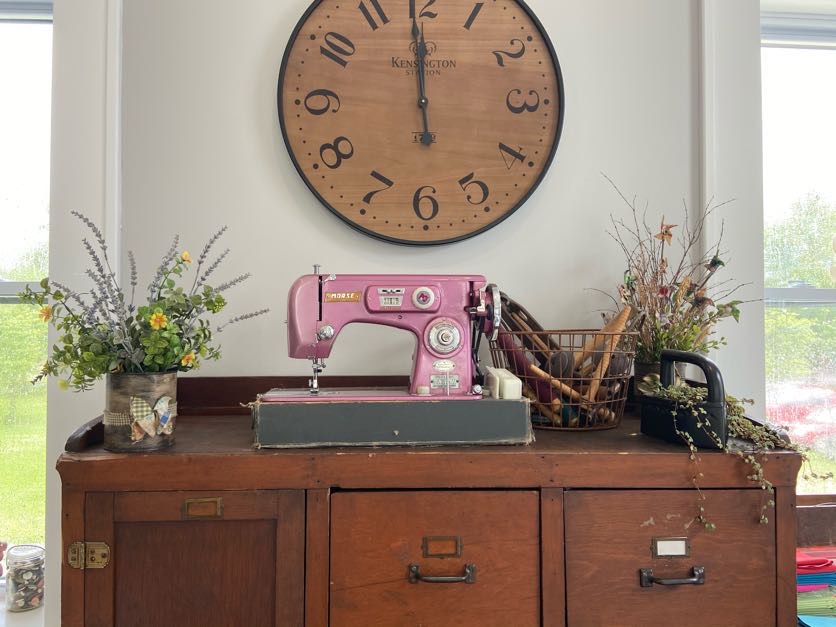
I’ve also found a bunch of children’s sewing machines that I love, and the hunt for those is really fun. Because if you go to an antique store, out in the middle of nowhere, you could get one for $8 or you could get one for, you know, $100. You just never know what they’re going to be priced at and what you’re going to get. Those are really fun, they’re collectible and I do have a collection of those.
And we do have a big collection of sewing machines at Missouri Star and there is also a huge collection at the Missouri Quilt Museum.
When and why did you start collecting sewing machines?
Well I actually started collecting irons first. I thought irons were really cool and I could get an iron every place I taught. In my mind, I really could only imagine a few different kinds of irons and then I started collecting them and literally I don’t think I have two that are the same, and I have an easy, I don’t know, hundred of them. They’re just amazing and cool. But the problem with irons is that you can’t carry them on [an airplane] and they’re going to add ten pounds to your luggage and if you mail them home, then it is equally as expensive. So I decided, once I had a fairly extensive iron collection, that I would start collecting children’s sewing machines. And the reason I decided to collect anything is that when you go teach, you fly in, you fly out. But if you have to go to an antique store, then there’s something you can do while you’re there. And you’re either going to go to the best part of town, or the worst part of town, but you’re going to go somewhere. And I have a hard time branching out and being adventurous, I just kind of tend to go and do my event and go home, and so this gave me a little bit of adventure, I was on the hunt for something fun to bring home from that place. And so after I got a few irons, I started collecting sewing machines, which are much easier to travel with, they let you carry them on. That’s when I started collecting those, and they are so fun. They [sewing machines (irons too!)] literally permeate my studio, my house. You’ll see one peeking through in lots of different places, they’re just darling. And there are so many different kinds.
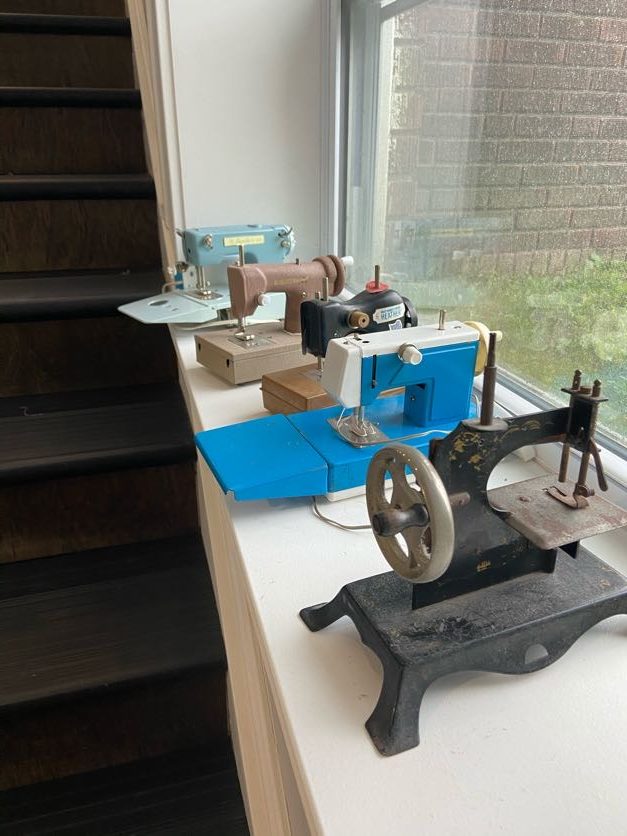
What’s a fun sewing machine secret or hack you have?
So one of the things that quilters complain about is that they literally sit at their machine and sew all day long and it makes their back hurt. So one of the hacks for that is that if you tilt your machine just forward, just a little bit, you use different muscles. And so actually I used to use a roll of masking tape, the 1” roll, you could also get those plastic door stoppers, and slide it under the back [of your machine] because if your machine tilts, then you move differently. You can also move your chair up and down, but I think as I get older, it’s generally those neck and back muscles that are what hurt me, and so I actually think that’s a really cool hack. If you just change the height of your machine, the height of your chair, if you lean it forward, lean it back, do something so that it switches it up.
The other hack I have is that I rarely ever re-thread my sewing machine. I cut the thread, tie the two pieces (the new spool of thread piece to the piece that is currently threaded in the machine) together and just pull it through. And so that makes a cool hack, and a lot of times I’ll buy a really big spool of thread and I used to just keep a Mason Jar next to my sewing machine and I would just have that thread in there and run the thread out of it and then you can use as big a spool as you want, if your big spool won’t fit on your sewing machine. Which usually they are made for a pretty small spool, and so I would always get these giant spools because I hated changing my thread. I would have a light spool and a dark spool and then I would just use those. I would just tie the two threads together and pull it through, I would rarely ever change it.

A woman I was talking to once, she was telling me she was saving up to get a machine and I said, “Go to a thrift store, go to Goodwill, because the older machines, they are generally running great and people get rid of them because they didn’t know how to use them. You can find a great machine if you’re looking to save your pennies at a thrift store or garage sale or something like that. – Jenny Doan
